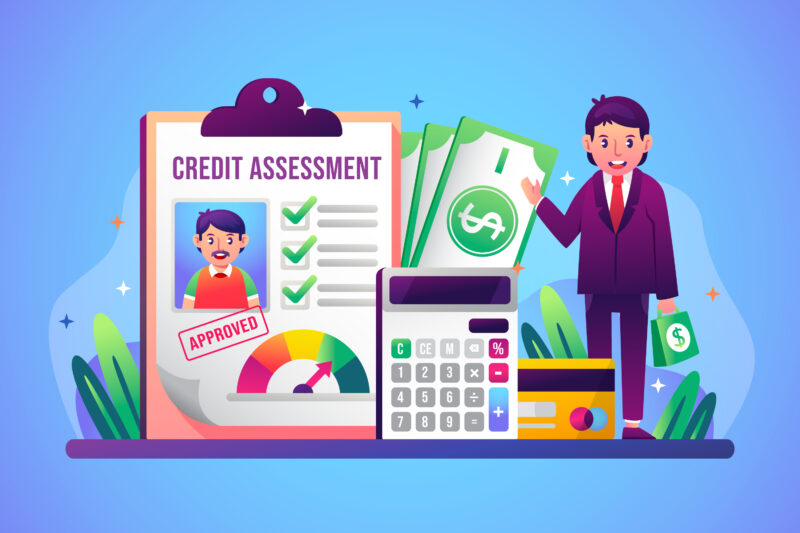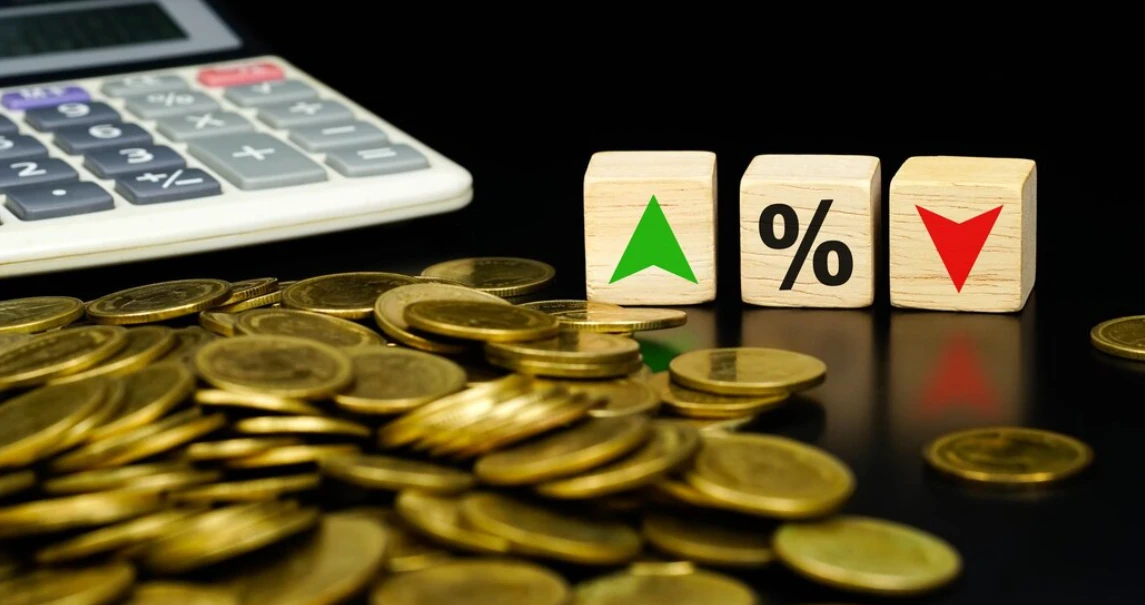Have you ever wondered why, despite paying your bills on time, your credit score isn’t rising? Your credit utilisation ratio, which most people ignore, may hold the key to the solution. Your credit score is significantly influenced by this figure. In simple terms, it displays the amount of your available credit that you are currently using. And the good news is that once you know how to calculate it, it’s really simple.
Here, we will explain how to calculate your credit utilisation ratio in detail, explain what it means, and discuss how it affects your overall financial situation.
What is Credit Utilisation Ratio?
So let’s start from the base, the percentage of your total available credit that you are currently using is known as your credit utilisation ratio. It mainly applies to credit cards and other revolving credit accounts. For example, you are using 30% of your available credit if you have a credit card with a ₹1,00,000 limit and you have used ₹30,000.
For a strong credit profile, experts advise keeping this figure below 30%. This demonstrates to lenders that you are not too dependent on borrowed funds and that you responsibly manage your credit.
Why It Matters for Your Credit Score
Almost 30% of your credit score is determined by your utilisation ratio. That is almost equally important as your past payment history.
Lenders may become worried if you use a significant amount of your available credit. They might believe you’re having financial difficulties. However, keeping it low indicates credit discipline, which makes you eligible for better loan terms and interest rates.
In other words, your credit score will be higher if your usage is lower.
Step-by-Step Guide to Calculate Your Credit Utilisation Ratio
Step 1: Gather all your credit information
Gathering all information about your current credit cards should be your first step. Two pieces of information are required for every card: the amount you share right now. The credit limit is the highest sum that you can borrow. These details are available through your online banking app or your most recent credit card statement.
For example,
| Credit Card | Credit Limit | Current Balance |
| Card A | 50,000 | 15,000 |
| Card B | 1,00,000 | 30,000 |
| Card C | 75,000 | 10,000 |
Step 2: Add up all your balances and credit limits
The next step is to total up all your balances and credit limits. Let’s take a look at the previous example.
Total Balance = ₹15,000 + ₹30,000 + ₹10,000 = ₹55,000
Total Credit Limit = ₹50,000 + ₹1,00,000 + ₹75,000 = ₹2,25,000
Step 3: Divide your total balance by your total credit limit
Now divide your total balance by your total credit limit to find your utilisation ratio.
Credit Utilization Ratio = (Total Balance ÷ Total Credit Limit) × 100
Using our example:
(₹55,000 ÷ ₹2,25,000) × 100 = 24.4%
That means you’re using about 24% of your available credit, which is considered healthy.
Step 4: Calculate for Each Card Separately
While the overall ratio matters most, it’s also good to check the ratio for each card individually.
- Card A – (₹15,000 ÷ ₹50,000) × 100 = 30%
- Card B – (₹30,000 ÷ ₹1,00,000) × 100 = 30%
- Card C – (₹10,000 ÷ ₹75,000) × 100 = 13%
This helps you identify if one card is being used more heavily than others. Keeping each card’s usage below 30% can further improve your credit health.
Step 5: Review and monitor regularly
Every time you make a payment or buy something, your credit utilisation ratio fluctuates. For this reason, it is critical to keep a close eye on it. You can identify the new developments by reviewing your utilisation once a month, such as whether you frequently overspend on a single card or whether your ratio is rising too high. These days, a lot of credit monitoring apps offer real-time information on trends in your credit score and usage.
What is a Good Credit Utilisation Ratio?
The majority of financial experts believe that it is best to keep your utilisation below 30%. However, sticking around 10-20% can have a greater effect if you want to improve your score more quickly.
Here is a brief reference,
0-10% – Outstanding, demonstrates excellent financial self-control
30-50% – Fair, attempt to lower your balance shortly.
Over 50% – dangerous, this could cause worry for lenders.
How to Keep Your Credit Utilisation Low
1. Make Early Payments on Your Balances
Rather than waiting for the due date, make payments before the closing date of your statement. This guarantees a lower balance on your credit report.
2. Ask for an Increase in Your Credit Limit
Your bank may increase your credit limit if your income has increased or if you have been using your card responsibly, which would immediately reduce your utilisation ratio.
3. Divide Up the Costs Among the Cards
To keep a low ratio on each card, divide purchases across several cards rather than using all of them.
4. Avoid cancelling previous credit cards
Your usage percentage may rise as a result of closing a card because it lowers your total available credit. Make small, manageable purchases to keep older cards active.
5. Check Your Expenses
To make sure your spending stays below a specific percentage of your limit, set alerts or make use of budgeting tools.
Common Mistakes People Make
Many people make minor mistakes that affect their utilisation score, even when they perform well. Let’s clarify some beliefs:
- Paying after the statement date – The balance at the time of reporting may still seem high even if you pay your bill in full later.
- Ignoring older cards – Maintaining open, unused cards with little activity improves your ratio.
- Overusing credit during emergencies or sales – To prevent a brief decline in credit, plan large purchases or pay them off right away.
Why Monitoring Your Ratio is a Smart Habit
Your utilisation ratio is an important part of your credit report, which provides lenders with information about your financial management skills.
When you maintain a low level:
- The chance of your loan being approved will increase.
- Better credit card and loan interest rates will be available to you.
- Over time, your credit profile will become more secure and consistent.
In simple terms, you are a preferred borrower if your credit utilisation ratio is low, which shows financial discipline.
Conclusion
Your credit score can be greatly affected by your credit utilisation ratio, which is easier to calculate than it may appear. You can maintain financial control and gradually improve your credit profile by using less, making your payments on time, and keeping a close eye on your credit.




